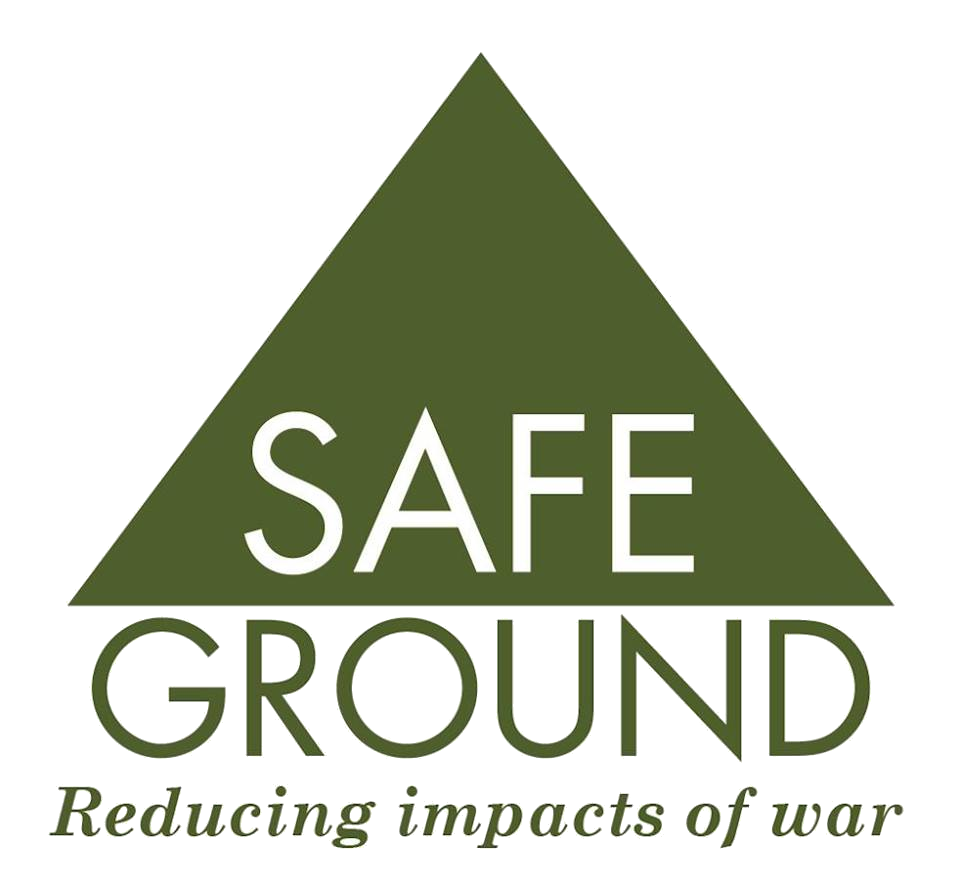By Daniel Quinlan
I couldn’t believe it when I read that Bangkok was sinking by as much as 1-2 cm a year. At first I assumed it was a misprint and they must have meant millimeters but the same figure appeared in other stories. Later I pitched it to an editor and did a short news video on it but I couldn’t get it out of my head.
It seemed so bizarre, a megacity, that a home to 8 million people could be underwater in 10 years. Part of the problem was caused by the amount of building that is weighing down on the mashie floodplain on which Bangkok sits on, which has been made less stable by over extracting groundwater. The other problem is coastal erosion and rising sea levels.
In 2011 Bangkok was hit by massive floods which cost the city 8 billion dollars and 800 lives. Areas of the city remained partially flooded for months and it gave a terrifying view of a possible future.
Of course life continued on… people fell in love and went to work, property prices kept rising. Everywhere you looked, cranes dotted the skyline, building more condos. It was hard to work out if people believed it was a nightmare that wouldn’t happen because the threat was exaggerated or the problem would be fixed due to concerted action… or if most people choose to ignore it because it’s beyond their control and slowly we are collectively sleepwalking towards disaster.
I had just moved to Bangkok for the birth of my first child after 5 years living in Cambodia. I was often awake at odd hours and when I was bottle feeding would sometimes watch the Blue Planet documentary series about life under water. The rainy season in Bangkok lives up to its name. Great storms buffet the city and flood the street and slowly my sleep deprived brain started to have visions of the city overtaken by fish and water. I kept thinking of a line from a poem by Slivia Plath that we read in high school and how the future rises toward us “day after day, like a terrible fish”. It seemed to somehow capture the existential threat of climate change that looms in our collective future but is already becoming a reality in places like Bangkok.
In 2011 Bangkok was hit by massive floods which cost the city 8 billion dollars and 800 lives. Areas of the city remained partially flooded for months and it gave a terrifying view of a possible future.
I had recently been experimenting with double exposures and slowly things mixed together in my head and led to this Sinking City project. Initially I experimented with both digital and film but wasn’t so happy with the digital results, which didn’t have the dreamy feel I was after, so I started concentrating on film. It seemed to offer a way to create something that could allow me to make work that captured the strange, surreal nature of the situation in a way that related the uncertainty and strangeness and offered lots of creative possibilities.
I also liked the challenge of thinking about exposure and light in a different way, and the slow pace of making and thinking about a picture. I also liked the possibility of layers and associations rather than just assorted and neatly arranged facts. I wanted to challenge myself to have the project reflect my personal reaction and feelings for a change, rather than just document the situation, which is the approach I’m more used to.
Daniel Quinlan is an award winning photographer and videographer based in Southeast Asia. Since 2009, Daniel has lived and worked in Nepal, Thailand, Cambodia and Myanmar. Prior to becoming a freelancer he worked for two years as a full-time video journalist for The Phnom Penh Post.

Recent Comments